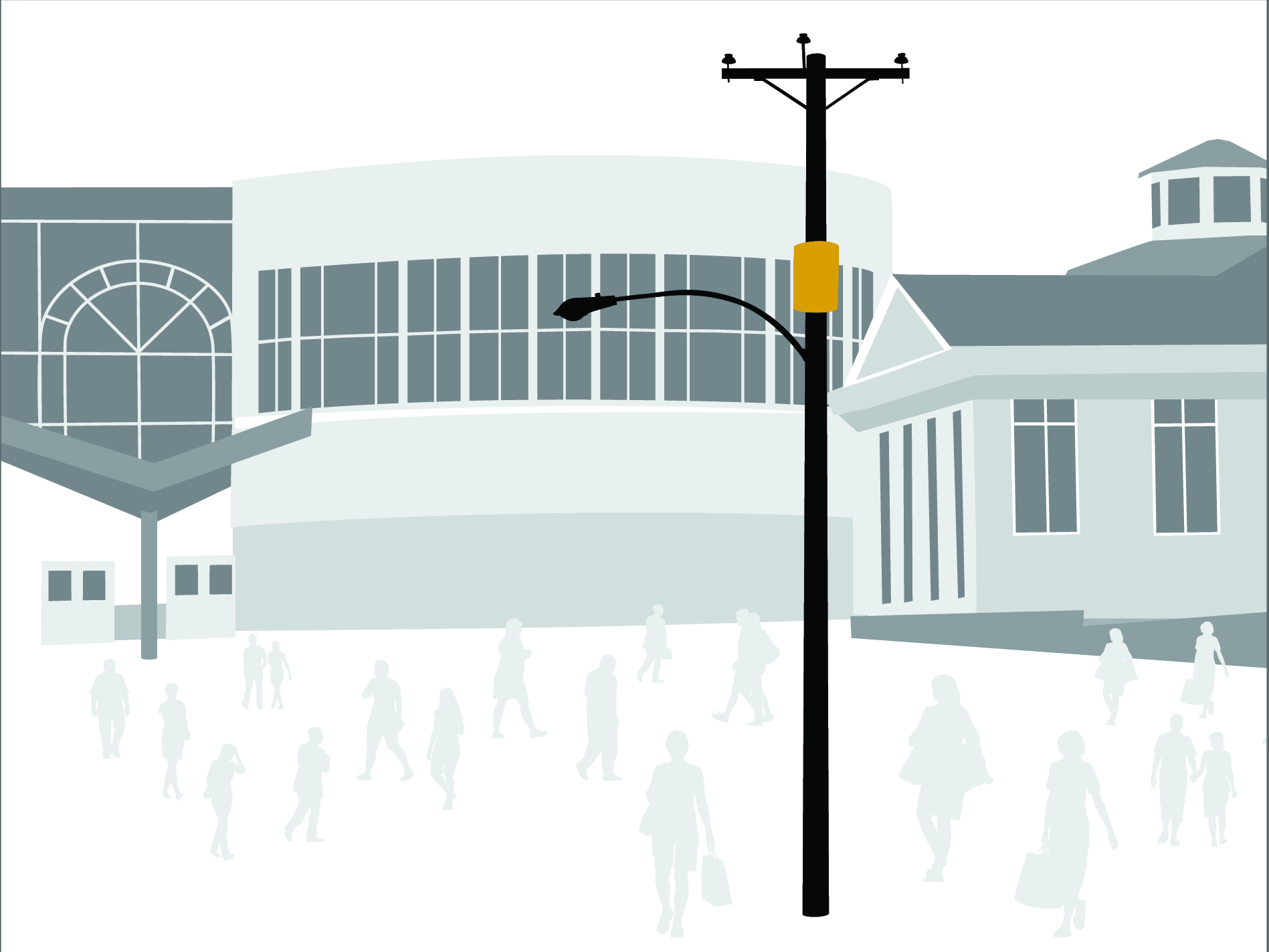WASHINGTON — August 27, 2018 — Today, the National League of Cities (NLC) released a new small cell wireless municipal action guide and model ordinance for city leaders. Small cell wireless infrastructure, which is increasingly important for wireless broadband deployment and smart city technology, has traditionally been guided by federal and industry interests, as opposed to local needs.
“As the world becomes increasingly interconnected, every resident – no matter their zip code – should have access to broadband internet,” said Clarence E. Anthony, CEO and executive director of the National League of Cities (NLC). “Whether it’s a student completing homework online or a business reaching customers through a smartphone app, the strength of our communities depends on high-speed internet access for all. As cities continue to lead and pilot new technologies, we must ensure they have the necessary supports and resources at their disposal.” The “race to 5G” and small cell wireless infrastructure deployment present new challenges and opportunities for cities. Unlike traditional cellular equipment which is placed high up on single cell towers, small cell technology requires many equipment installations clustered closely together. Cities must balance the business interests of wireless providers eager to densify their networks with the management of increasingly crowded city streets and sidewalks.
Cities also face the threat of increasing preemption of their traditional authority from state and federal policies. Several states have recently passed legislation that severely limits what cities may charge for private sector use of public streets. The Federal Communications Commission and Congress are considering policy changes that would impose new unfunded mandates on cities in the form of radically shortened application timelines and additional limits on rental rates. This guide serves to explain small cell infrastructure and related policy issues in clear terms so that city leaders can thoughtfully plan for small cell deployments in their communities. The guide profiles five U.S. cities – Boston; Lincoln, Neb.; San Jose, Calif.; Raleigh, N.C., and Tempe, Ariz. – and their diverse approaches to small cell wireless infrastructure deployment.
“Thanks to NLC for helping cities to choose how they want to site small cell technology,” said Mike Lynch, director of broadband and cable for the city of Boston and president of the National Association of Telecommunications Officers and Advisors (NATOA). “Small cell deployments are just one part of a bigger broadband infrastructure network, and it’s important that city, state and federal leaders, as well as wireless providers, work together to find the best solutions for each community’s individual needs.” Recommendations for city leaders include:
- Gaining a full understanding of the technology and important safety considerations.
- Articulating priorities for accommodating this technology.
- Creating clear policies for permit review that let both city staff and industry applicants know the expectations.
- Developing a template right-of-way access policy/agreement, as well as a city pole attachment agreement.
- Thinking through in advance any beneficial items the city could negotiate with industry in exchange for use of the right-of-way – if allowed by state law.
- Giving careful consideration to fee structures.
To read the full report, please visit our website at https://www.nlc.org/resource/small-cell-wireless-technology-in-cities.
###
The National League of Cities (NLC) is the voice of America’s cities, towns and villages, representing more than 200 million people across the country. NLC works to strengthen local leadership, influence federal policy and drive innovative solutions. Stay connected with NLC on Facebook, Twitter, LinkedIn and Instagram.
